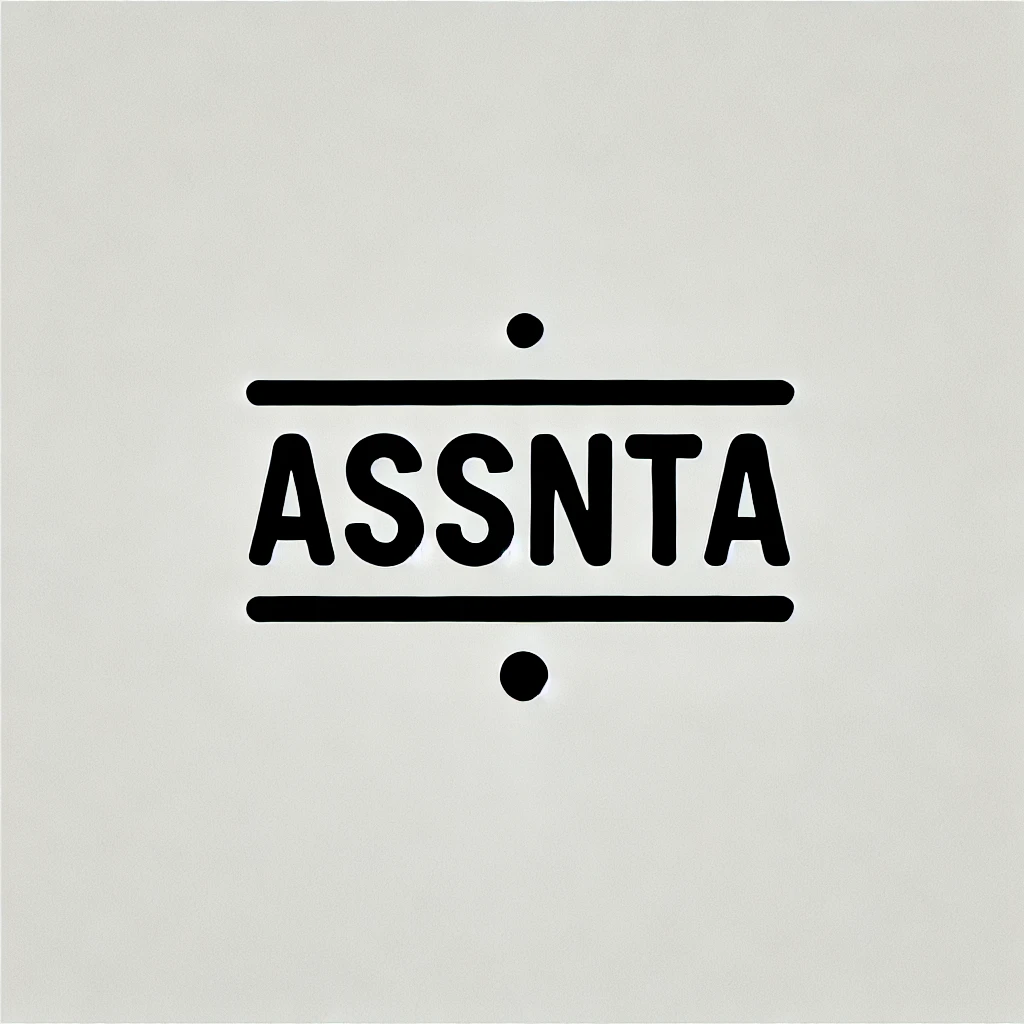In today’s hyper-connected landscape, Industrial IT and Operational Technology (OT) environments in critical sectors such as energy, utilities, manufacturing, and transport face rising cybersecurity risks. A top vulnerability within these systems is privileged administrator access, which, if compromised, can lead to severe consequences, including operational disruptions and potential physical hazards.
The Industrial IT and OT Landscape: Unique Challenges in Privileged Access
While privileged access misuse in traditional IT primarily threatens data confidentiality and system operations, OT systems introduce additional layers of risk. Here, misuse can compromise physical infrastructure and even pose risks to human safety. Recognizing these stakes, security architects are increasingly tasked with adopting OT-specific approaches to privileged access management (PAM).
The UK’s National Cyber Security Centre (NCSC) highlights that inadequate access control in OT environments can lead to unauthorized system changes, physical damage, and critical service disruptions. As OT systems become more interconnected, the importance of securing privileged access across industrial settings intensifies.
Key Risks of Privileged Administrator Access
Privileged accounts provide extensive access, making them prime targets for cyber threats. In Industrial IT and OT settings, some of the main risks include:
Human Error and Misconfiguration
Administrator errors—like misconfigured access controls or incorrect patching—can lead to vulnerabilities across systems. OT environments often incorporate legacy systems and proprietary protocols, which complicate access control and increase risks of accidental exposure.Insider Threats and Privilege Abuse
Insiders with deep technical knowledge of systems can pose significant threats, either maliciously or unintentionally. Monitoring and logging privileged actions, as recommended by the NCSC, can help detect misuse before it escalates.Supply Chain and Third-Party Access Risks
Industrial IT and OT systems often depend on third-party vendors for maintenance, updates, and support. This access can become a vulnerability if third-party security practices are inadequate. Recent high-profile breaches_ underscore the risks associated with third-party privileged access.Advanced Persistent Threats (APTs) and Cyber Warfare
APTs, typically associated with nation-states, often target critical infrastructure systems, exploiting privileged accounts to establish a persistent presence and escalate access. Such threats can have far-reaching effects, impacting both national security and public safety.
Mitigation Strategies for Industrial IT and OT Security
Given these substantial risks, adopting robust PAM strategies is essential. Here are key approaches for enhancing security:
Zero-Trust Architecture
Implementing a Zero-Trust model for privileged access reduces the risk of unauthorized access. By segmenting IT and OT systems, verifying each access request, and employing continuous authentication, organizations can limit the damage from compromised accounts.Multi-Factor Authentication (MFA)
MFA is one of the most effective ways to protect privileged accounts. By requiring multiple authentication factors, MFA helps reduce account compromise, especially for remote access.Role-Based Access Control (RBAC) and Least Privilege
Enforcing RBAC ensures access aligns with job functions, while applying least privilege principles restricts accounts to necessary permissions. Temporary privilege models like just-in-time access also limit the duration of high-level access.Continuous Monitoring and Behavior Analysis
Monitoring privileged accounts is essential for identifying unusual behaviors, such as off-hour access or configuration changes. AI-driven behavior analysis can help detect suspicious activities early, enabling faster response to potential threats.Routine Audits and Privilege Reviews
Regular audits and privilege reviews can reveal vulnerabilities or outdated access rights. As roles change, updating permissions ensures minimal exposure and strengthens overall security.
Conclusion: Enhancing Resilience Through Privileged Access Controls
Industrial IT and OT environments demand rigorous privileged access management to defend against increasingly sophisticated threats. By implementing Zero-Trust, MFA, RBAC, continuous monitoring, and regular audits, security architects can establish resilient defenses to protect both digital and physical assets.
For further guidance, consult the NCSC’s resources, which provide in-depth PAM recommendations tailored for critical infrastructure. As digital interconnectivity continues to grow, securing privileged access remains a cornerstone of protecting essential industries.


